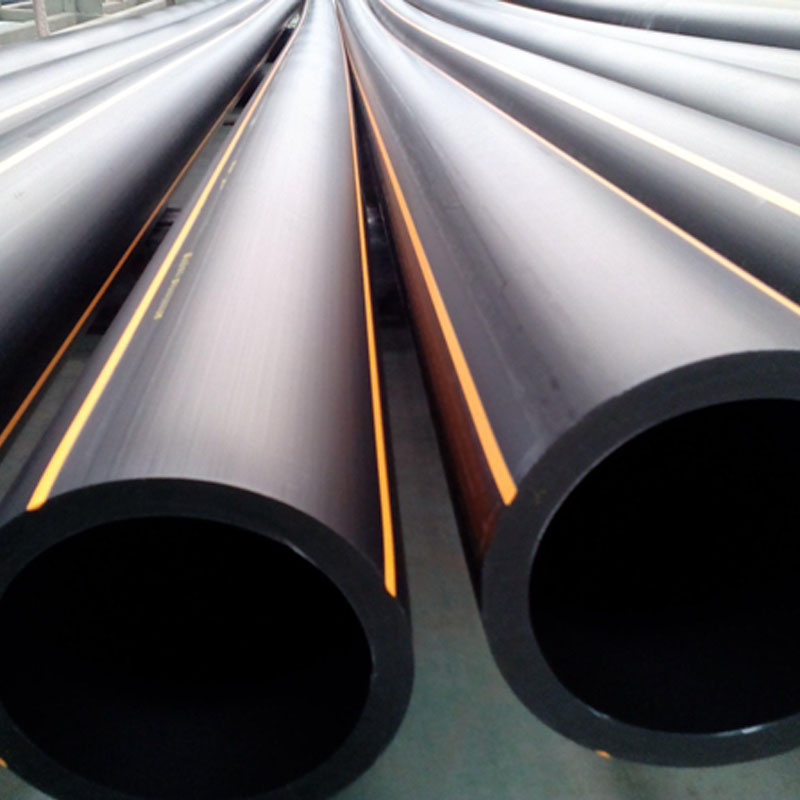Oct . 05, 2024 02:58 Back to list
PPR Pipe Solutions for Hot and Cold Water Systems in Construction and Renovation
Understanding PPR Hot and Cold Water Pipe Products
PPR (Polypropylene Random Copolymer) piping has become a popular choice for both residential and commercial plumbing systems. Known for its durability, flexibility, and resistance to corrosion, PPR pipes are highly effective for transporting hot and cold water. In this article, we will explore the features, benefits, and applications of PPR hot and cold water pipe products.
1. Features of PPR Pipes
PPR pipes are characterized by their lightweight and seamless construction, making installation easier compared to traditional metal pipes. The material is non-toxic, ensuring that it doesn't leach harmful substances into the water supply. PPR pipes have a broad temperature tolerance, withstanding temperatures up to 95 degrees Celsius (203 degrees Fahrenheit) for hot water applications.
Additionally, PPR pipes have excellent thermal insulation properties, which help maintain the temperature of the water flowing through them, making them an energy-efficient choice. The smooth inner walls of the pipes reduce friction and pressure drops, promoting efficient water flow and minimizing energy consumption.
2. Benefits of PPR Hot and Cold Water Pipes
One of the foremost advantages of PPR pipes is their resistance to corrosion and scaling. Unlike metal pipes, which can rust over time, PPR pipes remain unaffected by chemicals and minerals present in water. This longevity translates into fewer maintenance needs and reduced costs over the lifespan of the installation.
ppr hot and cold water pipe products

PPR pipes are also highly resistant to impact and shock, which is crucial for piping systems that experience sudden pressure changes. This characteristic makes them an ideal option for areas prone to seismic activity or where the potential for accidental physical damage exists.
Moreover, PPR pipes are environmentally friendly. They are 100% recyclable, reducing waste and promoting sustainability in plumbing applications. As water conservation becomes increasingly important, the efficiency and longevity of PPR piping contribute positively to this initiative.
3. Applications of PPR Pipe Products
PPR hot and cold water pipe products are utilized in various applications, making them versatile solutions for plumbing. They are commonly used in residential water supply systems, heating systems, and industrial water transportation. Their use is not limited to potable water; PPR pipes are well-suited for heating and cooling systems, including radiant floor heating, thanks to their ability to withstand high temperatures.
In commercial settings, PPR pipes are used in hotels, hospitals, and schools, where efficient water delivery is critical. Their adaptability and reliability make them a favored choice for contractors and builders.
4. Conclusion
PPR hot and cold water pipes are an excellent investment for anyone looking to enhance their plumbing system. With their unique properties, they offer durability, safety, and efficiency that far surpass traditional piping materials. As the demand for sustainable and long-lasting plumbing solutions rises, PPR pipes stand out as a smart choice for modern construction and renovation projects. By understanding the benefits and applications of PPR piping, professionals and homeowners alike can make informed decisions that support both performance and environmental consciousness.
-
High-Quality PVC Borehole Pipes Durable & Versatile Pipe Solutions
NewsJul.08,2025
-
High-Quality PVC Perforated Pipes for Efficient Drainage Leading Manufacturers & Factories
NewsJul.08,2025
-
High-Quality PVC Borehole Pipes Durable Pipe Solutions by Leading Manufacturer
NewsJul.08,2025
-
High-Quality PVC Borehole Pipes Reliable PVC Pipe Manufacturer Solutions
NewsJul.07,2025
-
High-Quality UPVC Drain Pipes Durable HDPE & Drain Pipe Solutions
NewsJul.07,2025
-
High-Quality Conduit Pipes & HDPE Conduit Fittings Manufacturer Reliable Factory Supply
NewsJul.06,2025

